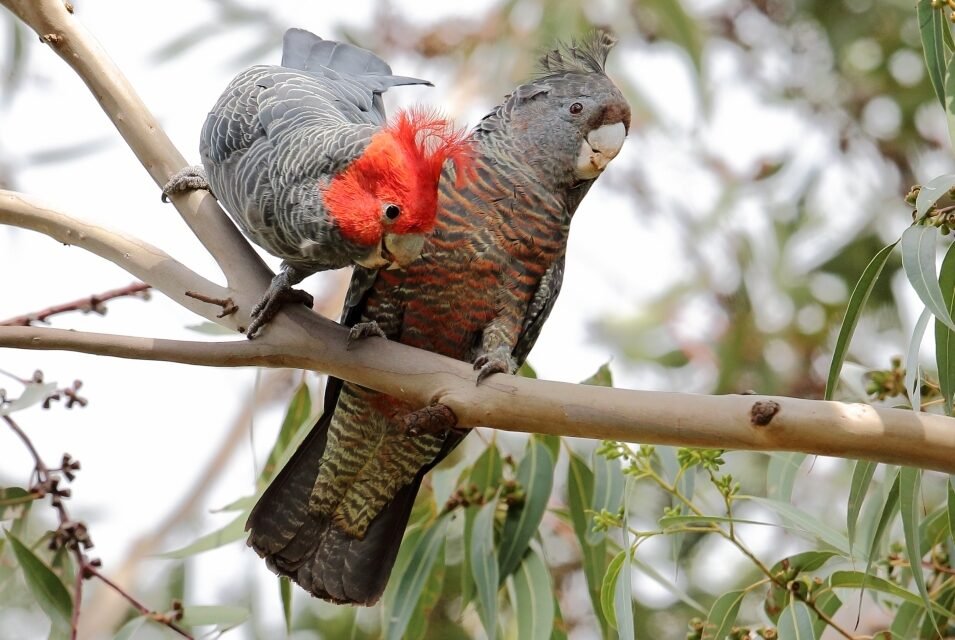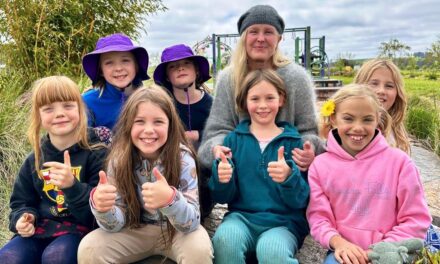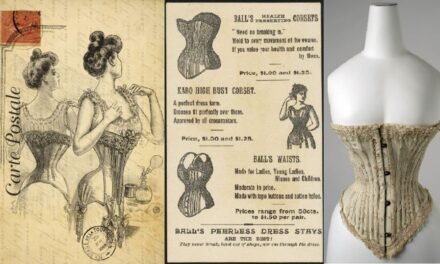Tanya Loos
Gang-gang Cockatoo couples are out and about selecting prime real estate for this year’s breeding season – and scientists are keen to hear where!
Gang-gangs are very fussy selecting their nesting hollows, and many hollows that are examined are rejected – the entrance might be too big, or the hollow not quite large enough. And competition is fierce as there is already a massive loss in the number of trees bearing hollows in our forests and woodlands – and even our street trees.
Gang-gangs might have to contend with Sulphur-crested Cockatoos who want to use the hollow, or brush-tail possums who can enter the hollow and eat the eggs or chicks.
And unlike other endangered parrots – gang-gangs do not seem to take to nest boxes at all.
Sadly Gang-gang Cockatoos are listed as Endangered under national environmental laws. Monitoring nesting success or otherwise is an absolutely vital part of gang-gang conservation – and you can help.
Once a pair finds the nesting hollow they want to use – they go very quiet, most likely to avoid attracting the attention of predators. So the ideal time to find breeding pairs is NOW – the next couple of weeks.
In partnership with the Australian National University, DEECA’s Arthur Rylah Institute is out in the field in Victoria now searching for gang-gang nesting hollows. Last week, I had the great pleasure of supplying some starred locations of actively used hollows in Hepburn Regional Park I had seen to a friend and colleague of mine who works at ARI – my maps were pretty terrible so the next day I took the team to one of the trees personally.
And success – later that afternoon Pia sent me images of a pair at the hollow! At first it was just the red-crested male, but then the female emerged and they started snuggling!
I know many readers love these sweet stocky cockatoos; in fact the Gang-gang was just crowned third in the Guardian Australia’s Bird of the Year competition. They are so gentle and confiding and we all enjoy watching their behaviour whether feeding quietly with their flock mates, at the bird bath or the hollow. You can help – if you see gang-gangs inspecting a nest hollow please email Stacey.taylor@anu.edu.au.
Tanya Loos is a local naturalist, author and environmental consultant who loves to work in the environmental not-for-profit sector. She is the author of “Daylesford Nature Diary” available from her website or from Paradise Books in Vincent Street, Daylesford.
Have you got any nature questions for Tanya? Send them in!





